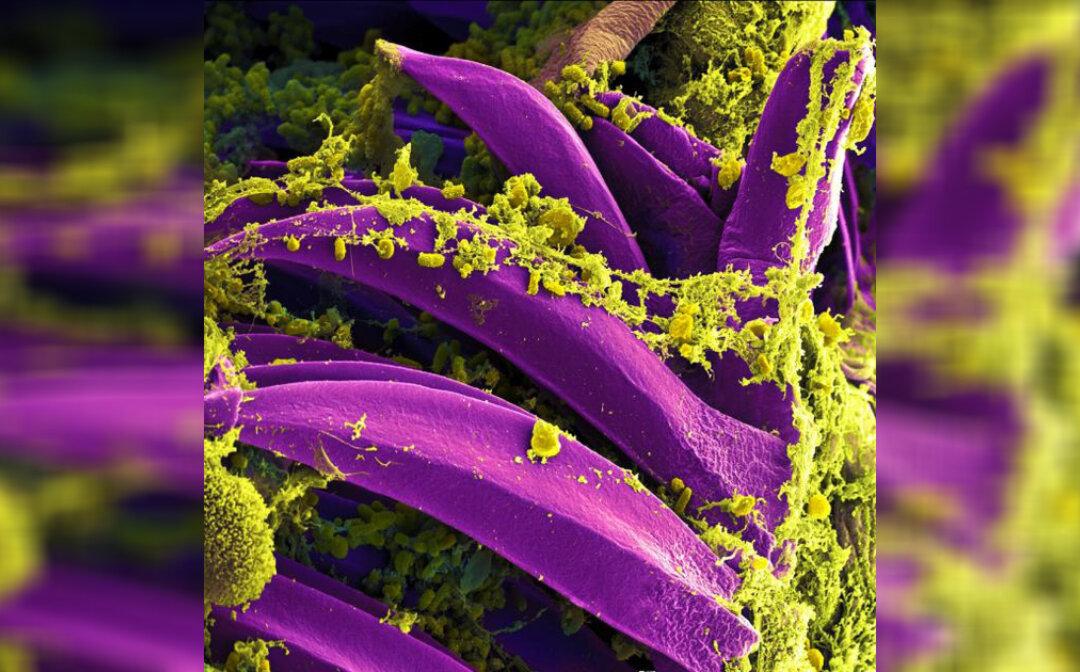Two people in China are currently being treated for pneumonic plague—the most infectious form of the disease. The patients are from a northern province of Inner Mongolia and are being treated in Beijing, which is home to over 21 million people.
Authorities said on Tuesday that preventative control measures have been implemented, according to state-run media.





